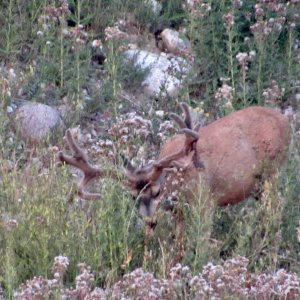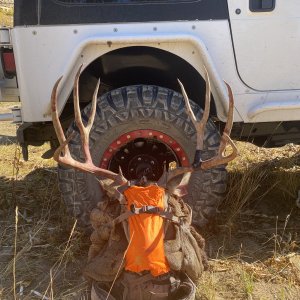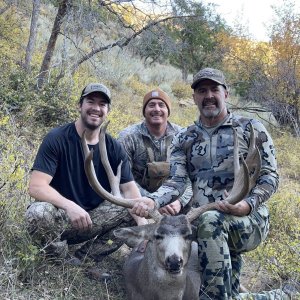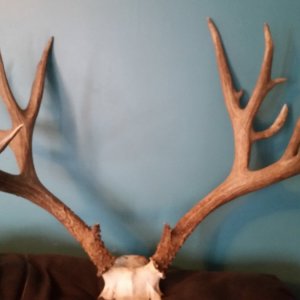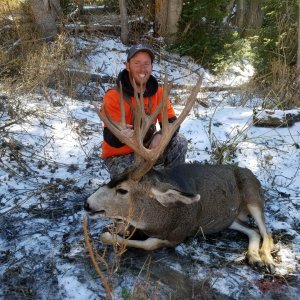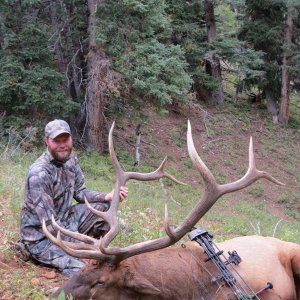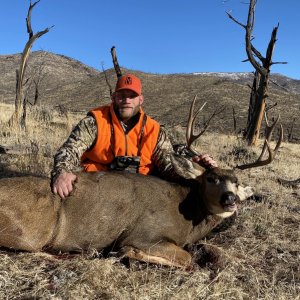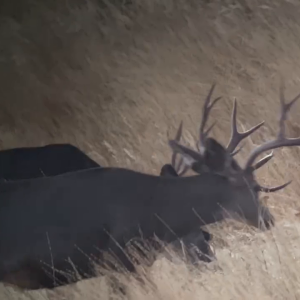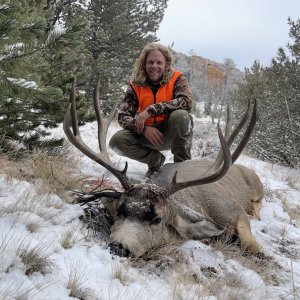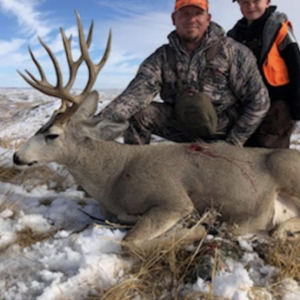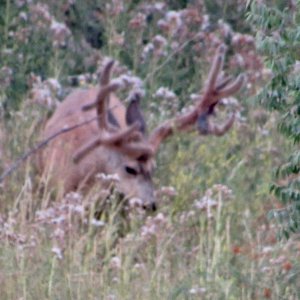Snowpack Percentages Decline throughout Abnormally Dry January
Denver, CO ? February 5th, 2015 ? Looking back at Colorado?s mountain snowpack over the course of January, it is becoming increasingly difficult to find promising water supply outlooks for spring and summer 2015. At the very end of December a dry spell began that persisted through the entire month of January, with the only relief being a few brief periods of active weather. While actual observed snowpack values in no way decreased over the course of January 2015, the snowpack percents of normal in every basin across the state did decline, in some cases drastically. The North Platte and combined Yampa/White River basins experienced deficits in snowfall which decreased snowpack percents of normal 23 and 26 percentage points respectively over the course of January. The combined Yampa/White watersheds saw the lowest snow accumulation in the calculated period of record back to 1986. According to statewide SNOTEL data, 1986 was the only drier January going back 29 years. January 1992 saw the same snow accumulation totals as this January with an increase of only 1.4 inches of snow water equivalent. ?With nearly one third of the winter remaining, Colorado is running short of time to catch up.? commented Brian Domonkos, Colorado Snow Survey Supervisor. He went on to mention, ?Statewide snowfall would need to amount to 124% of normal from now until midApril to achieve normal snowpack peak levels.?
There are a few bright spots around the state. Watersheds that still retain an above normal snowpack include the Blue River at 122% as well as a few other sub-watersheds within the Colorado and South Platte River basins. Of the major basins, the South Platte, Colorado, and Arkansas all remain near normal at 97%, 95% and 94% respectively.
January is an important month for mountain precipitation over the course of the average year.
The month of April typically provides the most mountain precipitation at 3.6 inches, followed by March at 3.4 inches, and January coming in the third highest at 3.2 inches. This January provided only 1.4 inches of mountain precipitation, 45% of the average. The South Platte saw the greatest precipitation totals compared to normal at 62% of average.
In terms of normal, statewide reservoir storage is only slightly below where it was last month, down one percentage point to 104% of average. The South Platte, combined Yampa, White & North Platte and Colorado River basins are riding higher than normal on carry over storage from the 2014 water year at 119%, 117%, and 116% of average respectively.
As always spring and summer outlooks for streamflow volumes vary greatly across the state, but the bulk are below normal between 60% and 85% of average.
Be sure to refer to the February 1 Colorado Water Supply Outlook found on the Colorado NRCS Snow Survey webpage (link below) for more detailed information.
Hope this all turns out as its the latest information I have on Colorado Snowpack.
"Courage is being scared to death but
saddling up anyway."



